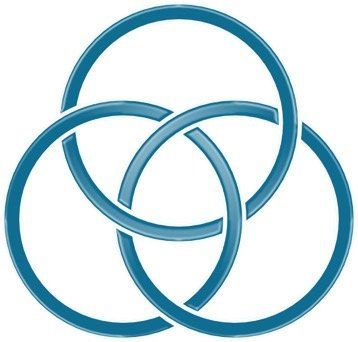WHAT I TREAT
Jump to the section
Cancer
Chronic Pain
Chronic pain affects billions of people around the world. Contemporary pain science has revolutionized how we understand chronic pain and the types of treatments we offer.
All pain is real, but all pain is also influenced by a range of factors that go well beyond structural changes or damage to the body. Stress and sleep disruption, for example, are well known contributors to pain.
Recent research has shown that most chronic pain is often the result of learned neural pathways in the brain. This type of pain continue even after the injury or illness that caused it has healed or gone away.
In addition to other pain management techniques, I now offer Pain Reprocessing Therapy (PRT), which is a new and innovative evidence-based treatment that retrains the brain to accurately interpret and respond to signals from the body, breaking the cycle of chronic pain.
Anxiety disorders
Professional stress
MY TYPICAL CLIENTS
My clients tend to be people who want to take charge of their health and wellness, and who appreciate practical and scientifically-supported treatment approaches.
Please note that my practice is limited to adults only.
